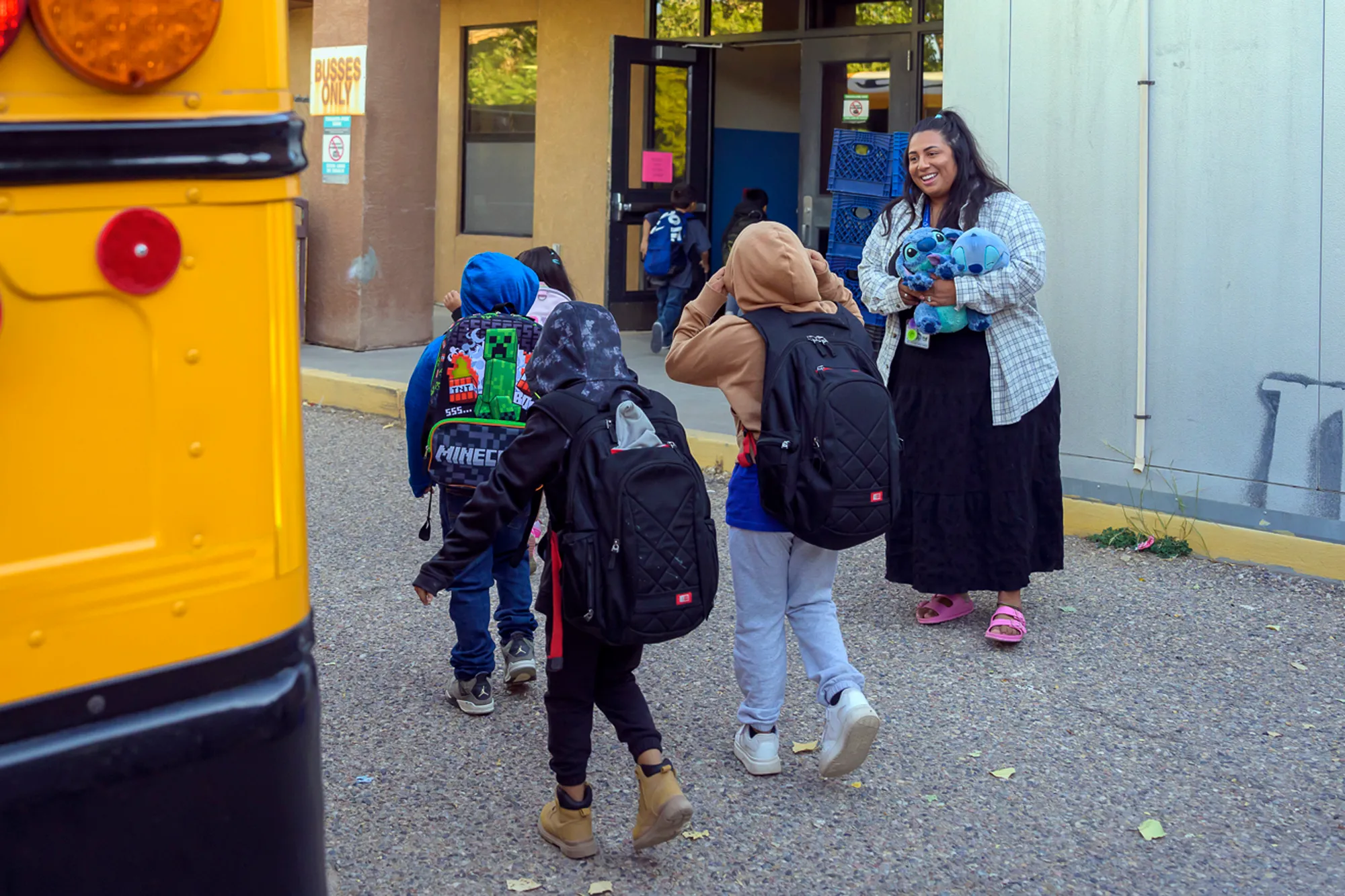The educational system in the United States has long struggled with disparities, but one of the most glaring and concerning gaps exists among Native American students. Across the country, Native American students miss school at higher rates compared to their peers in other racial and ethnic groups. This trend has been exacerbated during the COVID-19 pandemic, leading to further setbacks in their education, mental health, and long-term outcomes. The question is: Why are Native American students missing school at such high rates, and what can be done to reverse this trend?
The Issue of Absenteeism Among Native American Students
Absenteeism in schools is a growing concern nationwide. Chronic absenteeism, defined as missing 10% or more of school days in a year, affects millions of students. However, Native American students are disproportionately affected. According to data from the U.S. Department of Education, Native American students have some of the highest rates of absenteeism in the country.
Several factors contribute to this issue, including geographic isolation, economic hardship, and a lack of access to quality education. Many Native American students live in rural and remote areas, where schools are often underfunded and overcrowded. These schools may lack resources such as counselors, extracurricular activities, and advanced coursework, which can make it harder for students to stay engaged. In addition, parents and families often face economic challenges, such as low-paying jobs and unstable housing, which may make it difficult to prioritize education.
However, the pandemic has compounded these challenges, exacerbating existing issues and creating new barriers to consistent school attendance.
How the Pandemic Worsened the Problem
The COVID-19 pandemic upended the education system for students across the country, but Native American students, particularly those attending schools on reservations or in rural areas, faced additional hurdles. School closures, shifts to remote learning, and the digital divide all contributed to worsening absenteeism rates. Many Native American students, particularly those in remote communities, lacked reliable access to the internet, technology, or even electricity. This made it nearly impossible for them to participate in virtual classes and stay connected to their education during the height of the pandemic.
In some cases, schools located on or near reservations struggled to provide remote learning options, as they lacked the resources to ensure every student had the technology needed for online education. With unreliable internet access, students were left behind as their peers across the country adapted to virtual classrooms.
Even when schools were able to provide resources, there was often a significant delay in delivering technology or training families to use digital learning platforms. For many Native American families, the learning gap widened during this period, and students who were already at a disadvantage before the pandemic fell further behind.
Moreover, the pandemic’s toll on mental health played a major role in absenteeism. The sudden disruption in normal routines, combined with the loss of family members and friends, contributed to anxiety and depression among Native American youth. These emotional and psychological challenges made it even harder for students to stay engaged and motivated, leading to an increase in absenteeism.
Geographic Isolation and Limited Access to Education
One of the primary reasons Native American students miss school at higher rates is the geographic isolation of many reservations and rural communities. According to the National Center for Education Statistics, nearly one-quarter of Native American students attend schools in rural or remote areas, which can pose unique challenges for consistent school attendance.
Many students living in these areas must travel long distances to attend school. In some cases, buses only run once or twice a day, which can cause students to miss school if they are unable to meet the transportation schedule. Moreover, in areas with harsh winters or poor infrastructure, students may find themselves unable to attend school due to weather conditions or road closures.
Limited access to healthcare is another challenge that contributes to absenteeism. Native American communities often lack the healthcare resources needed to address illnesses or medical needs, and students may miss school due to chronic health issues. These communities also experience higher rates of diabetes, asthma, and other health conditions that can lead to frequent absences from school.
Economic Hardship and Family Challenges
Economic hardship is a significant factor that contributes to absenteeism among Native American students. Many families on reservations face high levels of poverty, with limited job opportunities and low wages. This economic instability can cause students to miss school to take care of younger siblings, help with household chores, or even work to contribute to the family income.
The issue of food insecurity also plays a role. According to the U.S. Department of Agriculture, a large percentage of Native American families face food insecurity, which affects students’ ability to focus in school and maintain regular attendance. When students are hungry or worried about where their next meal will come from, it is difficult to prioritize education.
Additionally, high levels of family instability, including parental incarceration, substance abuse, or domestic violence, can contribute to absenteeism. Students may experience emotional trauma that makes it hard to attend school or perform well academically.
The Impact on Native American Students’ Future
Chronic absenteeism can have long-lasting consequences for Native American students. Missing school not only affects their academic performance but can also have a negative impact on their mental health, social development, and future opportunities.
When students miss significant amounts of school, they fall behind in their studies, leading to lower academic achievement and an increased likelihood of dropping out. This perpetuates the cycle of poverty and limited opportunity that many Native American families face. Without a high school diploma or access to higher education, students may struggle to find well-paying jobs, ultimately impacting the long-term economic stability of Native American communities.
Absenteeism also affects students’ sense of belonging and engagement with school. Students who miss school frequently may feel disconnected from their peers and teachers, leading to a lack of motivation to return. In the long term, this can contribute to feelings of alienation and disengagement from education.
Solutions and Interventions
Addressing absenteeism among Native American students requires a multifaceted approach that tackles the root causes of the problem. Here are a few potential solutions and interventions that could help reduce absenteeism and improve educational outcomes for Native American students:
1. Expanding Access to Technology
One of the most pressing issues is the digital divide. Providing Native American students with the technology and resources they need to engage in remote learning is essential. Schools and governments can partner with technology companies and organizations to offer affordable internet access, laptops, and tablets to students in remote areas.
2. Community-Based Support
Community engagement is crucial in addressing absenteeism. Schools can work with Native American families and communities to create supportive environments that encourage students to stay in school. Providing resources such as childcare, food programs, and healthcare services can alleviate some of the burdens that families face, allowing students to focus on their education.
3. Addressing Mental Health Needs
Increasing access to mental health services is critical. Many Native American students experience trauma, and addressing their emotional and psychological needs can help improve attendance and academic performance. Schools should have counselors and support staff trained to work with students from Native American communities, helping them navigate the challenges they face.
4. Culturally Relevant Education
Culturally relevant education that reflects Native American history, values, and traditions can help students feel more connected to school and motivated to attend. Incorporating Native American culture into the curriculum can foster a sense of pride and belonging among students, encouraging them to remain engaged and involved in their education.
Conclusion
Native American students face significant barriers to consistent school attendance, and these challenges have only worsened during the COVID-19 pandemic. Addressing absenteeism among Native American students requires a holistic approach that takes into account the unique challenges they face, including geographic isolation, economic hardship, and limited access to technology and healthcare. By focusing on solutions that expand access to education, provide community-based support, and address mental health needs, we can help ensure that Native American students have the opportunities they deserve to succeed in school and beyond.



